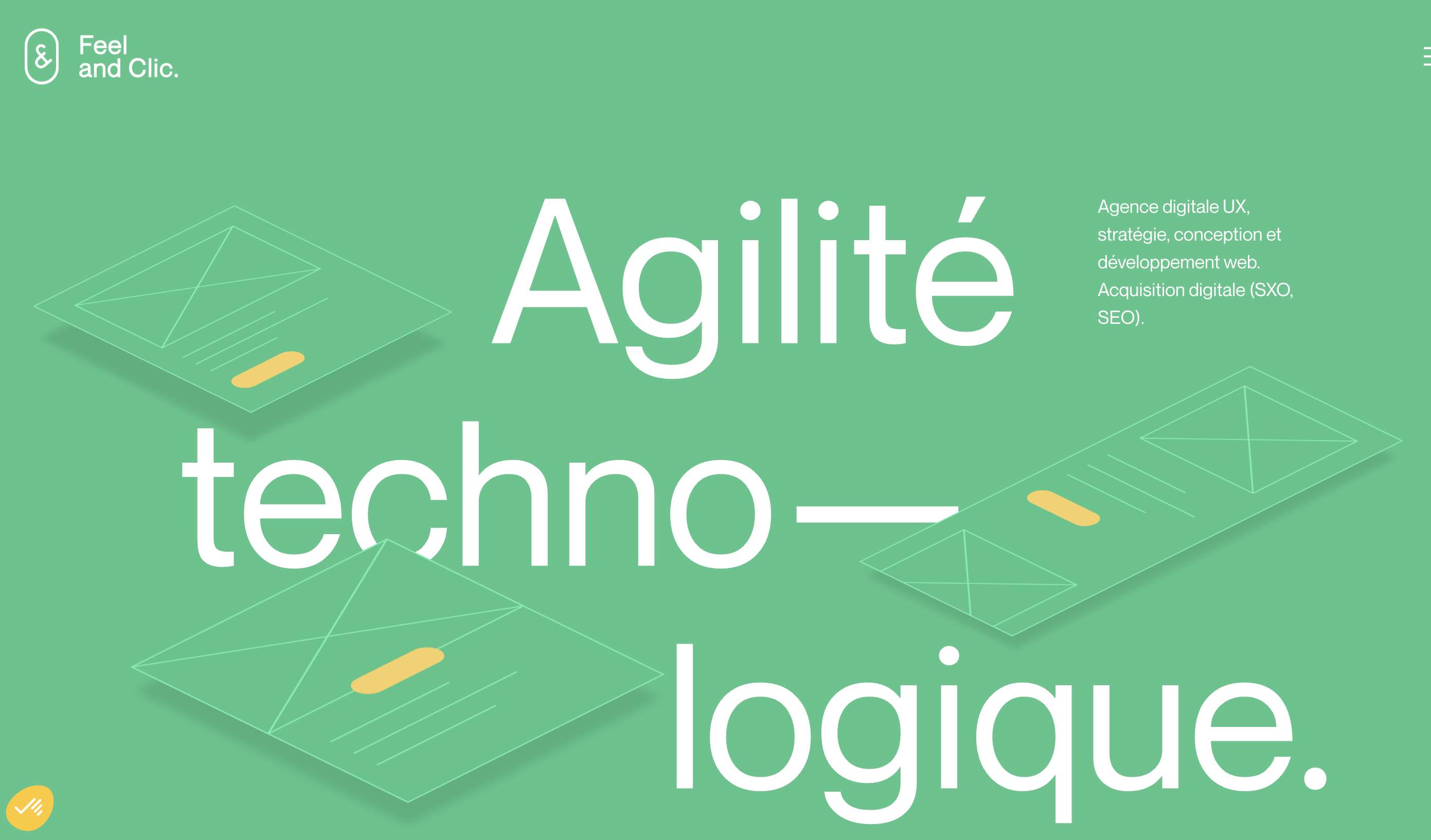The Importance of Site Analysis in Design
Significance of Online Site Analysis in the Design Process
Online site analysis serves as a crucial element in the world of design, empowering designers to develop a comprehensive understanding of a site before diving into the architectural project. Effective site analysis is not merely an initial step, but a cornerstone that intertwines with every aspect of the design process. It provides the foundation upon which architects, urban planners, and landscape designers base their decisions, helping create a harmonious balance between form, function, and the environment. Understanding the importance of site analysis goes beyond the creation of visuals such as diagrams and maps. Site analysis allows designers to interpret data and information about the site's geometry, topography, climate, and existing structures. By conducting a thorough analysis, designers can identify constraints and opportunities, ensuring the proposed designs respect the unique characteristics of the landscape. As digital platforms evolve, the landscape of site analysis has expanded to encompass real-time data collection and evaluation. This advancement aids designers in generating detailed analysis reports that support both decision making and communication with stakeholders. Understanding the significance of these tools is vital for any design project aiming to optimize usability and improve the overall user experience. The integration of SEO considerations into site analysis is another growing trend. A site's visibility and accessibility on search engines can significantly impact its success. Addressing broken links and enhancing website SEO might not seem directly related to design at first glance, but they are crucial elements that influence how users interact with a site, ultimately reflecting on the architecture site and the experience it delivers. As we face growing challenges in urban environments, the demand for efficient and dynamic site analysis continues to rise. The ability to easily create comprehensive site analysis that captures high-resolution insights is indispensable for architects and designers navigating the complexities of contemporary urban and architectural projects. By enhancing user journeys, the synergy between site analysis and user-centric design becomes evident, allowing designers to craft spaces that are not only visually appealing but also user-friendly and functionally robust. Explore further how experience as a service is influencing design.Key Elements of Effective Online Site Analysis
Foundational Components for Thorough Site Understanding
Conducting an effective online site analysis demands a comprehensive approach, encompassing various critical components to ensure precision and relevance in the design process. Navigating through key elements aids in generating a holistic view of a website's landscape, enabling designers to make informed decisions.
Detailed Evaluation for Design Insights
One of the foremost components in online site analysis is an architectural project assessment. Understanding the architectural layout of a site provides insights into its geometry, which is essential for creating a responsive and user-friendly website. This allows designers to develop professionally enhanced user experience driven by structured layouts.
Data Mapping and Diagrammatic Representation
Utilizing detailed analysis diagrams to represent complex data visually helps in laying out architectural and urban elements more clearly. Such diagrams serve as a navigational map that aids in not just understanding but also in communicating intricate ideas effectively and with high resolution.
Website SEO and Digital Connectivity
A site analysis will also focus heavily on website seo elements, identifying broken links, and ensuring optimal connectivity across the digital interface. By employing comprehensive site analysis techniques, designers can enhance search engine visibility, ensuring that the project remains relevant in real-time and reaches the targeted audience efficiently.
Evaluating Tools and Data Sources
Leveraging a wide range of tools and data sources is crucial, especially for free resources that provide accessible starting points for new projects. These are instrumental in not only synthesizing the necessary site data but also in offering decision-making support. Designers must skillfully choose the right tools, whether architectural site tools or map site generators, to match the project's needs and objectives.
Tools and Techniques for Online Site Analysis
Exploring Online Site Analysis Tools and Techniques
Conducting a comprehensive site analysis is a pivotal step in the design process. Leveraging the right tools and techniques can significantly impact the quality and accuracy of your analysis. Here are some key methods and the role they play in aiding your decision-making process:- Free Tools for Initial Insights: An array of free tools is available for designers to gather initial site data. These tools often provide critical insights into a site's geometry and landscape, giving you a solid groundwork for your project. Moreover, free tools can effectively identify broken links, thereby improving the website's SEO and overall performance.
- Using Maps and Diagrams: Map site analysis involves using maps to illustrate geographical and urban factors impacting design projects. High resolution maps and detailed diagrams offer a visual representation of the area, helping identify elements like traffic flow, vegetation, and architectural landmarks. This visual data serves to inform architectural and urban design decisions.
- Architectural and Landscape Analysis: In an architectural project, understanding the landscape is crucial. Diagrammatic representations, such as site maps, highlight topographical features and spatial relationships. Landscape designers use this data to create harmonious and sustainable designs that align with environmental factors.
- Real-time Data Monitoring: By utilizing tools that provide real-time updates, designers can adjust their strategies based on the latest available data. This helps maintain the relevance and accuracy of the design process, especially in dynamic urban environments.
- Comprehensive SEO Analysis: A thorough SEO analysis is essential for optimizing a website's visibility. Tools designed for SEO can help identify areas for improvement in website architecture, generating content that enhances accessibility and inclusivity. For further reading, check out this article on web accessibility as a vector for development success.
Challenges in Online Site Analysis
Overcoming Obstacles in Online Site Research
Understanding the challenges associated with online site analysis is essential for any design professional aiming to effectively evaluate and enhance a website. As we delve deeper into the intricacies of understanding site analysis, several key hurdles need to be acknowledged. Firstly, collecting and analyzing a wide range of data can be daunting. A design project often relies on comprehensive site data, which includes maps, diagrams, and architecture plans. The sheer volume of information from urban and landscape considerations to SEO metrics and real-time site performance might overwhelm even the most experienced architect. Additionally, interpreting site analysis diagrams and maps into actionable insights requires expertise. Transforming this visual data into a coherent design process involves understanding architectural geometry, landscape constraints, and SEO strategies to enhance website SEO. The decision-making aspect becomes complex when broken links, generated content, and search engine optimization need rectification. Moreover, tailoring site analysis reports to fit free tools versus high-resolution paid solutions can result in discrepancies in data quality and utility. While free tools offer easy create options, the architecture site might demand detailed analysis that such options might not provide. Ensuring reliability in analysis reports can be tough, especially without the help found in more sophisticated tools. This makes the task of creating an analysis site an ongoing project, requiring regular updates and checks to refine strategies. Therefore, it's prudent for designers to start free, leveraging accessible resources, but with an understanding that professional-grade results often necessitate a strategic investment in advanced tools to monitor, map, and adapt in real time. Acknowledging these obstacles aids in envisioning a more informed and effective design outcome, keeping the project aligned more closely with the underlying goals.Case Studies: Successful Site Analysis in Action
Real-World Success Stories of Effective Online Site Analysis
Effective online site analysis is essential in the design process, changing websites from average to exemplary. By examining various case studies, we can grasp how thoughtful analysis leads to successful outcomes. For instance, a comprehensive site analysis was conducted for an architectural project aiming to redesign an urban space. The project utilized a wide range of tools to create analysis diagrams and a high-resolution map site. This approach allowed the design team to visualize the site's geometry and landscape better, which significantly informed their architectural decisions, ensuring the final design harmonized both aesthetic and functional elements. In another scenario, an e-commerce website faced challenges with broken links and poor SEO performance. An in-depth analysis site was employed to identify these issues quickly. Through efficient use of free tools and data mapping, the team was able to create a strategy to enhance their website SEO, leading to improved search engine visibility and more organic traffic. The newfound ease with which users could navigate the website directly impacted engagement and conversion rates positively. Moreover, a project focused on optimizing website performance showed how real-time data analysis can reveal insights into page load speeds and user paths. By leveraging tools that monitor site performance continuously, design teams could iteratively refine the site by downloading reports and making targeted improvements. These case studies demonstrate the crucial role that an accurate and robust analysis report plays in crafting design solutions that meet both user expectations and business objectives. Each example highlights a different aspect of what makes online site analysis indispensable for modern design practices. By understanding these, designers are better equipped to integrate site analysis into their projects, ultimately fostering more informed decision-making and successful results.Future Trends in Online Site Analysis
The Evolution and Future Prospective of Online Site Analysis
As technology continues to evolve, so does the landscape of online site analysis, which is increasingly important in the design process. Designers and analysts are relying on a more comprehensive site analysis to inform their decision-making. Modern tools provide high-resolution data and generate content that helps create detailed analysis diagrams and maps. These advancements allow for a more thorough understanding of a project's architectural and urban contexts.
Looking ahead, the integration of artificial intelligence and machine learning is anticipated to play a pivotal role in online site analysis. These technologies enable the analysis of large datasets in real-time, identifying patterns and insights that can greatly enhance both SEO and user experience. The increased ability to process vast amounts of data could lead to the discovery of innovative solutions to complex site challenges, such as identifying broken links or optimizing for search engine performance.
Moreover, the use of augmented reality (AR) is expected to become more commonplace in site analysis. AR offers a unique opportunity to visualize a design project within the actual landscape, providing a new dimension to architectural and landscape architecture sites. As AR tools become more accessible, designers will be able to create immersive experiences that allow stakeholders to participate in the design process more effectively.
The demand for easy-to-create and free analysis tools will also likely increase, facilitating entry for smaller projects and startups. This democratization of design tools will ensure that even projects with limited resources can effectively engage in site analysis, leading to more informed design decisions and successful outcomes.
The shift towards sustainable and eco-friendly design practices is another trend influencing the future of site analysis. As environmental concerns grow, tools that incorporate environmental impact assessments into their analyses will become essential components of the designer's toolkit. These tools will help designers understand the ecological implications of their projects, promoting more responsible and sustainable architectural and landscape outcomes.
Ultimately, the future of online site analysis holds promise for more streamlined and effective design processes. As designers embrace these emerging trends and tools, they will be better equipped to address the complexity of modern design challenges, from urban planning to comprehensive user experiences.














